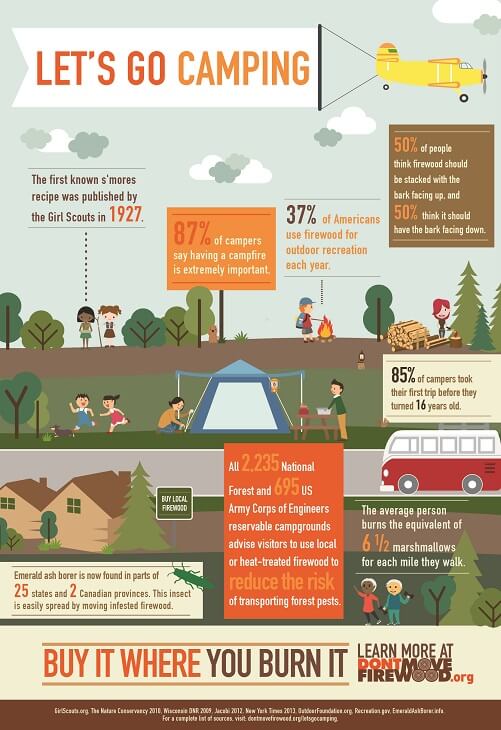Tips For Marketing Your Online Camping Tents Venture By Selling Camping Tents
Tips For Marketing Your Online Camping Tents Venture By Selling Camping Tents
Blog Article
Exactly How Vital Are Outdoor Tents Footprints/Ground Cover?
Outdoor tents impacts are a great means to protect your outdoor tents floor from abrasions and expand its functional life. Mostly all gear suppliers use their own brand-specific footprints that are made to match their certain tent versions.
How heavy should your backpacking tent be?
This customized strategy provides convenience of arrangement and decreases the threat of rain seeping in via the joints.
What are they?
Tent footprints (additionally called tent ground sheets or under outdoor tents pads) offer a layer of defense in between the base of your tent and the exterior setting. They protect your tent from sharp objects, moisture, and unpleasant surfaces.
A lot of tent suppliers use their own branded footprints created to fit perfectly with their assigned sanctuary designs. However, these are typically pricey and fairly heavy contrasted to DIY options like Polycryo or Tyvek.
Footprints are usually made from resilient, water resistant products such as polyurethane, nylon or silnylon. For ultralight backpackers seeking to decrease pack weight, there are likewise light-weight, high-strength options made from Cuben Fiber (Dyneema). It is essential to choose an impact that's somewhat smaller than your tent to stop rain from dripping down the sides of your sanctuary and funneling underneath you while you rest-- no person intends to wake up in a puddle! An impact is a beneficial enhancement to any type of outdoor camping journey. It aids guarantee a long life expectancy for your camping tent while including convenience and comfort.
How vital are they?
Tent footprints protect the base of your tent from abrasion and moisture, helping to extend its life expectancy. They're generally made of water-proof and dirt-resistant materials like polyethylene or a lightweight oxford polyester, though the denier of the textile will vary (the higher the denier number, the thicker and burlier).
Many impacts are made to precisely match the form of your tent's flooring, which assists decrease product waste. Several have grommets or loopholes whereby you can weave guylines for tension and risks, ensuring that the footprint is firmly held down.
If you camp in rough terrain or areas where there's a lot of downed branches and sharp rocks, a tent footprint is well worth the included weight and bulk. But if you regularly camp in completely dry, sandy or rough conditions, a footprint might be overkill. A tarpaulin is a far better option in that case.
Do you commonly load one?
If you're camping on an extremely level surface area where rocks and sticks aren't an issue, an outdoor tents footprint possibly isn't required. If you remain in the backcountry with a lot of harsh terrain, an impact can make life much easier.
Footprints are generally sized a little smaller than the base of the camping tent. That's due to the fact that a bigger footprint would capture rainfall and funnel it under the camping tent, where you might awaken in a puddle.
However, footprints can be pricey and hefty if you purchase one from the manufacturer of your tent (the Big Agnes Tiger Wall surface UL 2 footprint, for example, sets you back $70 and considers six ounces). You can save cash and weight by making your very own do it yourself footprint by cutting an item of Tyvek or various other waterproof material to the exact dimensions of your sanctuary. You can even add grommets for easy add-on. The main benefit of an impact is that it helps to shield the floor of your backpacking tent from rough elements such as rocks and twigs.
Exactly how do you keep them cleanse?
A producer's footprint can include significant weight to your sanctuary system and if you're an ultralight backpacker trying to save every ounce, it may not deserve it. For this reason, lots of backpackers will certainly use a DIY groundsheet that's constructed of something like Tyvek or Polycryo and cut it to size for their outdoor tents footprint.
This choice is fairly inexpensive and will shield your tent from dampness, rocks, thorns, sticks, etc, while additionally assisting camping tents luxury to keep all-time low of your camping tent dry.
If you do make a decision to buy a footprint, make certain it's developed specifically for your details camping tent as this will help reduce water merging around the sides of your shelter. For example, if your camping tent footprint is too large and expands past the edge of your rainfly, it will certainly gather rains which can leak right into lighter-weight camping tents and possibly wear down the floor. See to it it fits your tent rather comfortably to prevent this.
Who coined the term glamping?
